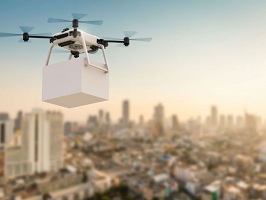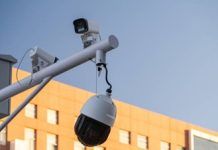While India’s drone regulations are still in the draft stage, the government has taken up the onus of ensuring safety and security in the use of drones and has asked drone companies to install safety chip which can switch off the drone remotely in order to avoid mishaps. A media report said that the government has directed drone manufacturers to install hardware that can disable a drone remotely in case it turns rogue.
It is speculated that the idea was first introduced in a meeting between the Minister of State for Civil Aviation, Jayant Sinha, and more than a dozen drone manufacturers on the sidelines of the Global Aviation Summit earlier this week. The suggestion then brought to light a series of scares across the world involving drone sightings, including the one over London’s Gatwick airport in December that forced a closure of the UK’s second-busiest airport and grounded hundreds of flights.
Also, the security agencies in India have raised their concerns about allowing drones to operate. The media report further said that the government wants drone makers to manufacture in India, as it expects the demand for drones to grow exponentially once the drone policy is fully implemented.
At present, India is estimated to have about 40,000 drones, which are expected to touch one million in five years. Also, it is being discussed that the integration capacity is available and can be retrofitted in the existing drones too. It is to be noted that the government first introduced a drone policy on August 27, 2018, which was expected to allow drones to operate in India from December 1, 2018. However, the plan got delayed as the Centre has not yet come up with a framework to regulate their operation.
Earlier, Suresh Prabhu, the Minister for Commerce and Industry and Civil Aviation announced that the Drone Task Force, under the guidance of Sinha, will also be preparing draft recommendations for the Drone Regulations 2.0. The regulations directed that drone users are mandated to register their drones, pilots and owners. Under the new policy, the drones have been categorised on the basis of their weight into five categories which are: nano (less than 250 Gm), micro (250 Gm to 2 Kg), small (2 Kg to 25 Kg), medium (25 Kg to 150 Kg) and large (more than 150 Kg)








